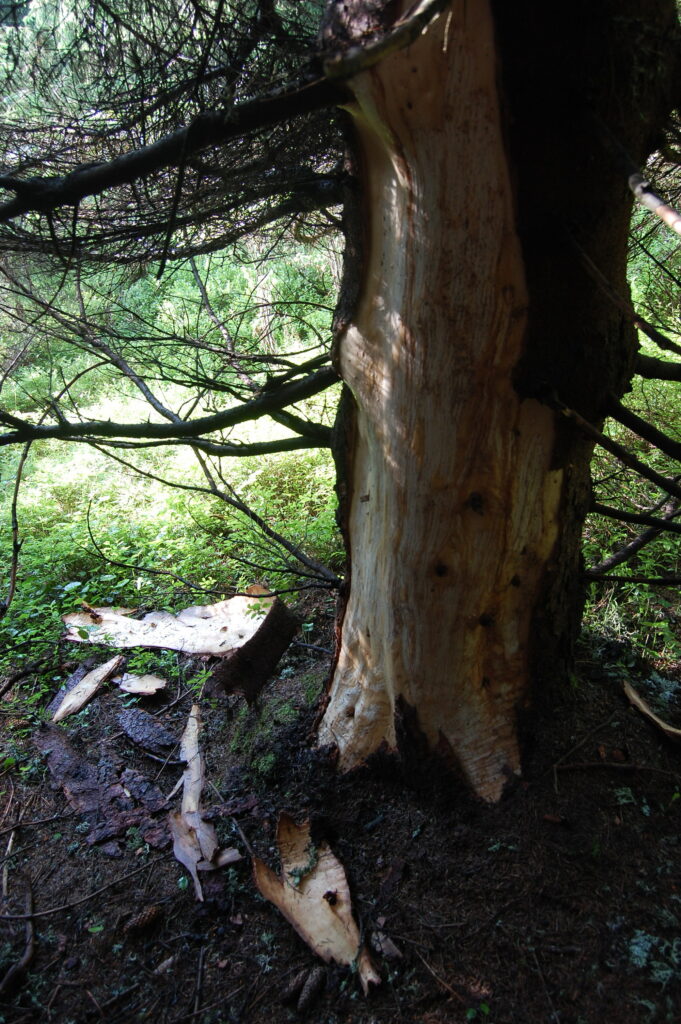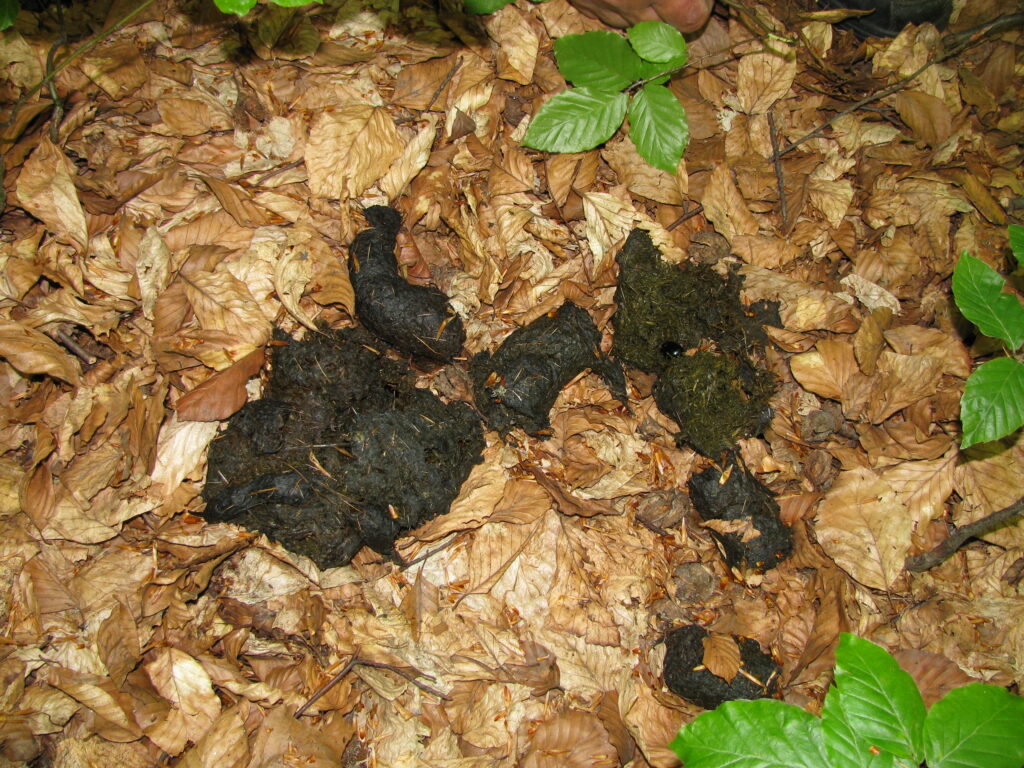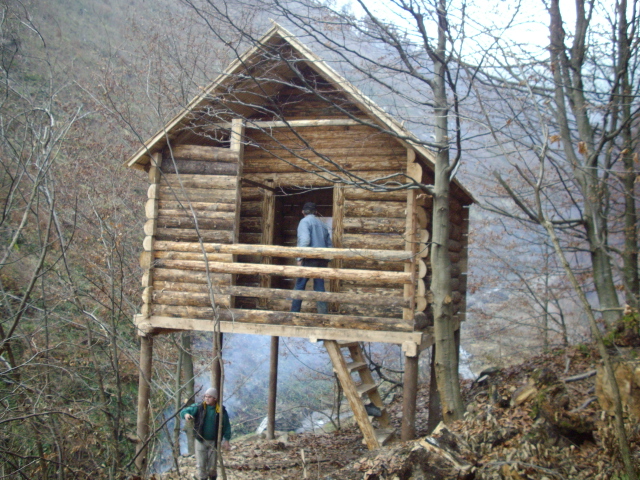At the end of the 20th century, the main sources of income of local communities in rural Romania were mining, but also agriculture and forest industry. Following the restructuring of the Romanian economy, most of the mines were closed. Nowadays, former mining communities are looking at possibilities to generate alternative income and more pressure is put on the valuable forest resources. One of these communities is Grosii Tiblesului.
Grosii Tiblesului is a Romanian community with >2,200 inhabitants in the county of Maramures with a stunning landscape: hills with hay meadows, rivers meandering through the landscape and mountains covered with natural and pristine forests. It’s the closest community to the Tibles Mountains (highest peak is 1,848m). Forests are owned by the state and partly by the local community (Grosii Tiblesului Composesorat Association). They are managed by the Grosii Tiblesului Forest District. There is still a significant area of old-growth forest (about 4,000ha) and natural forests, being a valuable habitat for the brown bear, wolf, red deer, wild boar, lynx, marten, rare species of birds and plants. The old-growth forest area is the last one in the Maramures county.
In 2008 WWF-Romania started an awareness raising project for nature conservation in this community. This process is focused on the preservation of bear habitat. The local richness in cultural traditions and extraordinary natural resources and biodiversity, might very well transform Grosii Tiblesului in an ecotourism destination. Preservation of bear habitat and, in parallel developing income generating activities through ecotourism, will help focus local economics on nature conservation.
Activities in this project focused on the contribution to research activities on large carnivores and their habitat, to raise awareness and knowledge about bears in the community and to develop the first steps towards an attractive ecotourism programme linked to the bear, other wildlife as well as to the traditional coexistence of bears and local communities. Bears in Mind funded the project between 2008-2009 and one of the main aspects was the construction of a bear observation tower.




